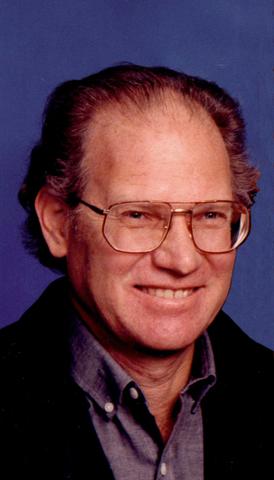
I was born in Washington, D.C. At a very young age I soon learned that Danny is my name and mathematics was my game.
After graduating with a BS degree in math and computer science, I continued on to get an MS and Ph.D. degrees in Operations Research, an area of applied mathematics. I then entered an academic career so that I could teach and do research. I have done basic research in which I developed and improved algorithms for solving a variety of problems involving the minimization or maximization of an objective function while having to satisfy constraints. I also uses these tools together with mathematical modelling, analysis and computer simulations to derive insights that are applicable to broad classes of complex systems (such as how much central control is beneficial for system performance) and to study the role of leadership and its impact on the performance of systems of human interaction.
One interesting research experience I had is when, in 1978, I developed an algorithm to solve a particular type of equation for which, unfortunately, I could not find a specific application…that is, I could not find a specific problem in which it was necessary to solve that type of equation. Some 35 years later, a friend of mine showed me a problem he was working on. When I looked into helping him solve his problem, lo and behold, it was necessary to solve the specific type of equation I had solved 35 year ago! That was really satisfying…
I am also extremely concerned with improving the quality of education in mathematics. In addition to having developed systematic methods for teaching computer programming and operations research, my most recognized contribution in that area is a book I wrote entitled How to Read and Do Proofs (now in its 6th edition). This was the first systematic approach for teaching students how to read, understand, think about and do mathematical proofs. In essence, this book identifies and explains, at the students’ level, all of the basic proof techniques used in advanced math courses, regardless of the specific mathematical subject matter. It was extremely satisfying to see how quickly and effectively my students learned this material. As a result of this work, I have travelled all over the world to talk about this unique approach.
All in all, I have had a most rewarding career both in teaching and education as well as in doing research. What can be better than contributing to education and using math to solve problems, while also getting paid to do so!
